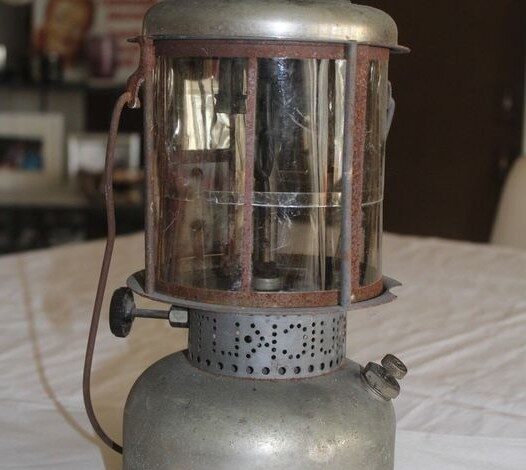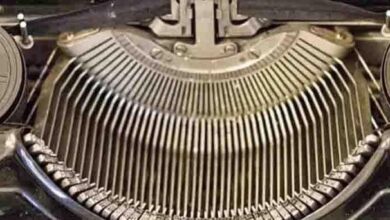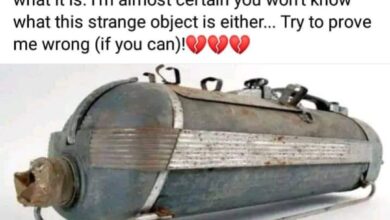The Vintage Kerosene Lantern: Illuminating History

ADVERTISEMENT
The Vintage Kerosene Lantern: Illuminating History
Introduction
The vintage kerosene lantern, as depicted in the image, is a classic piece of lighting technology that predates modern electric lighting. These lanterns were indispensable for outdoor activities, emergency situations, and everyday use in homes before the widespread adoption of electricity. Their design and functionality continue to fascinate collectors and enthusiasts today.
Historical Background
ADVERTISEMENT
Kerosene lanterns became popular in the mid-19th century, following the discovery of kerosene as a more efficient and cleaner-burning fuel compared to whale oil and other earlier fuels. These lanterns were widely used in homes, on farms, and in outdoor settings, providing reliable and portable sources of light.
Design and Features
The design of the vintage kerosene lantern in the image showcases several key features:
– **Fuel Tank**: The base of the lantern houses the kerosene fuel tank. It is designed to be sturdy and leak-proof, ensuring safe storage of the fuel.
– **Burner**: Above the fuel tank is the burner, which includes a wick that absorbs the kerosene and allows it to be lit. The flame is controlled by adjusting the height of the wick.
– **Glass Globe**: Surrounding the burner is a glass globe, which protects the flame from wind and rain while allowing light to diffuse evenly. The globe also helps to contain the heat and improve combustion efficiency.
– **Chimney and Ventilation**: The top part of the lantern includes a chimney and ventilation system, ensuring proper airflow to keep the flame burning brightly and steadily.
Practical Uses
Kerosene lanterns were used in a variety of settings:
– **Household Lighting**: Before the advent of electric lighting, these lanterns provided essential illumination in homes, especially in rural areas.
– **Outdoor Activities**: Ideal for camping, fishing, and other outdoor activities, kerosene lanterns were portable and reliable.
– **Emergency Situations**: During power outages or natural disasters, kerosene lanterns served as critical sources of light.
ADVERTISEMENT
Collectible Appeal
Today, vintage kerosene lanterns are highly valued by collectors for several reasons:
– **Historical Significance**: They represent a key period in the development of lighting technology.
– **Aesthetic Appeal**: The design and craftsmanship of these lanterns make them attractive display pieces.
– **Functionality**: Many vintage lanterns can still be used, offering a nostalgic and practical source of light.
Caring for Your Kerosene Lantern
To maintain and preserve a vintage kerosene lantern, consider the following tips:
– **Cleaning**: Clean the glass globe regularly to ensure maximum light output. Use a mild soap and water solution, and avoid abrasive materials that could scratch the glass.
– **Wick Maintenance**: Replace the wick periodically to ensure a steady and bright flame. Trim the wick to the appropriate length for optimal performance.
– **Fuel Storage**: Store kerosene in a cool, dry place away from direct sunlight and sources of heat. Ensure the fuel tank is tightly sealed when not in use to prevent leaks and evaporation.
– **Rust Prevention**: Keep the metal parts of the lantern dry and free from moisture to prevent rust. Apply a light coat of oil to metal surfaces to protect them from corrosion.
Conclusion
ADVERTISEMENT
The vintage kerosene lantern is more than just a lighting device; it is a piece of history that reflects the ingenuity and practicality of a bygone era. Whether displayed as a collectible or used for its original purpose, the kerosene lantern continues to illuminate our understanding of the past and provide a warm, nostalgic glow.
—
I hope you find this article interesting and informative! If you have any specific points you’d like to add or any questions, feel free to let me know.



